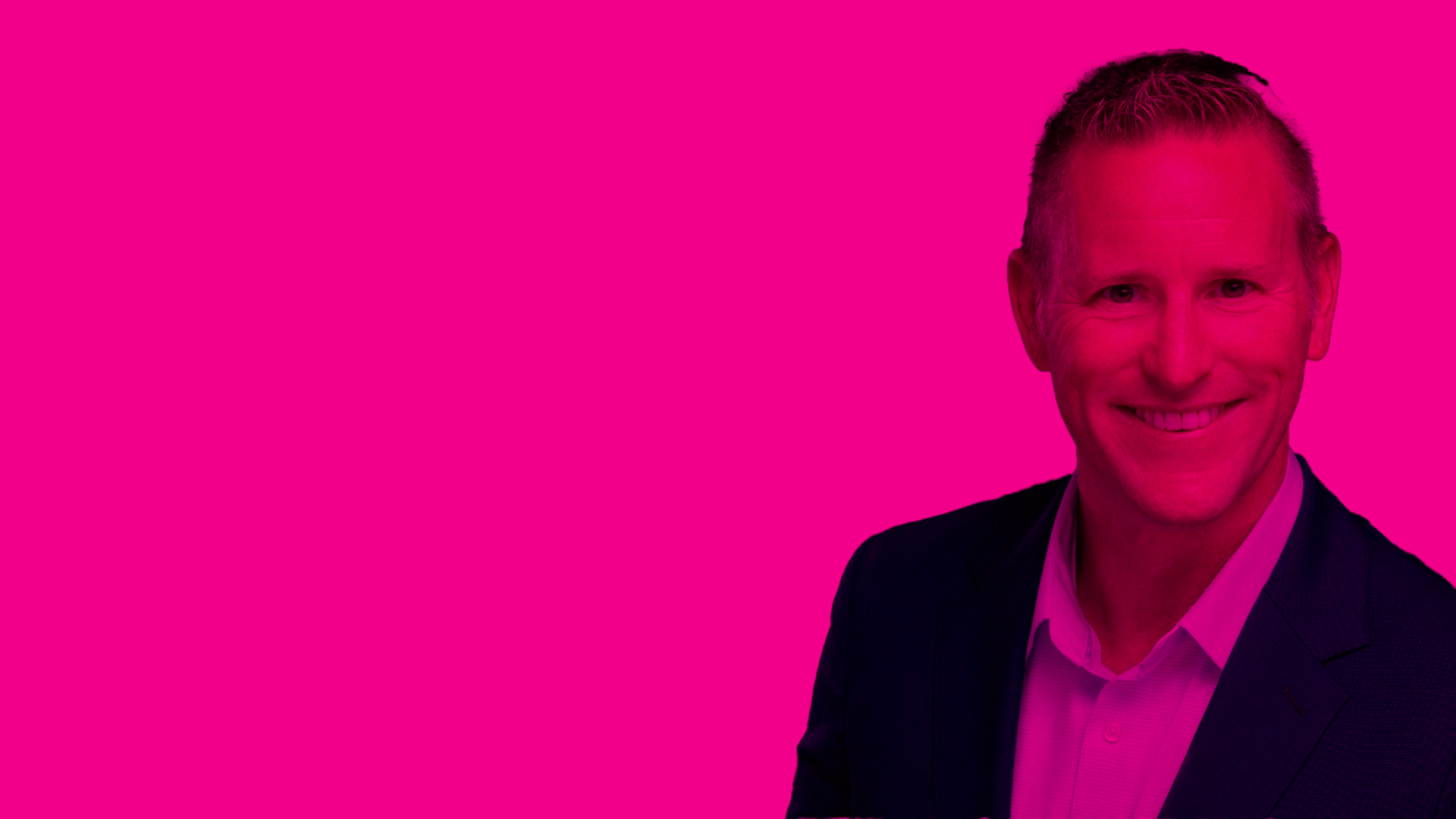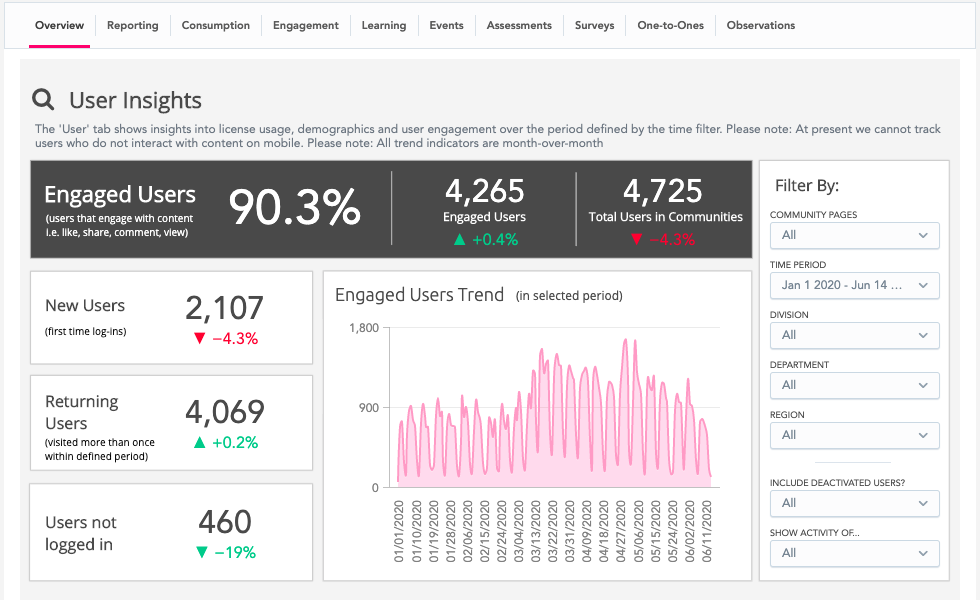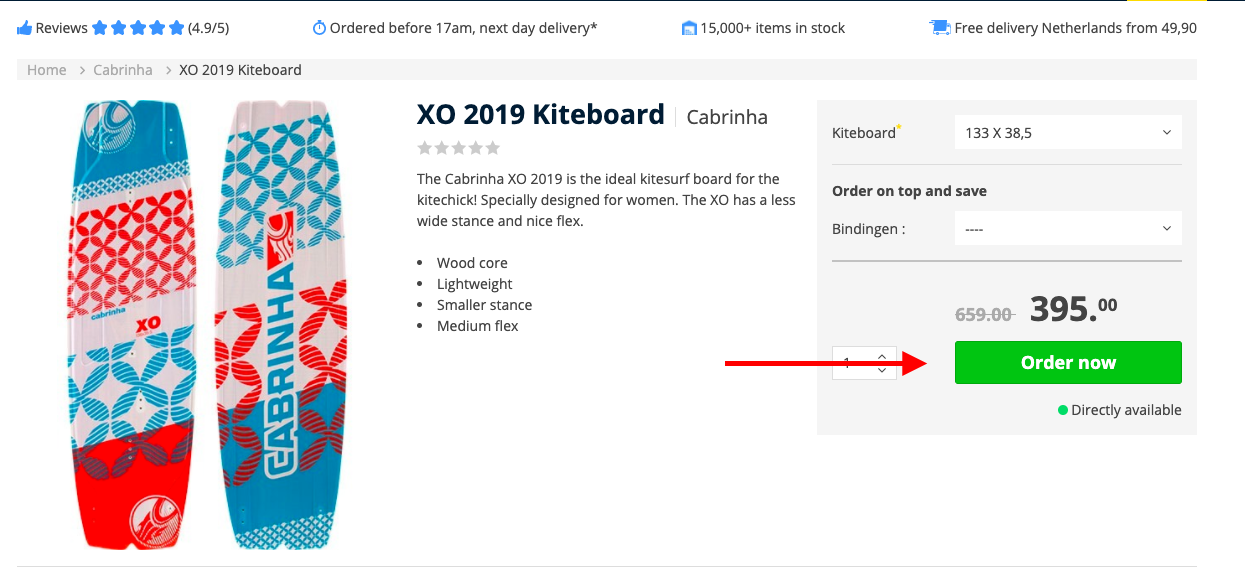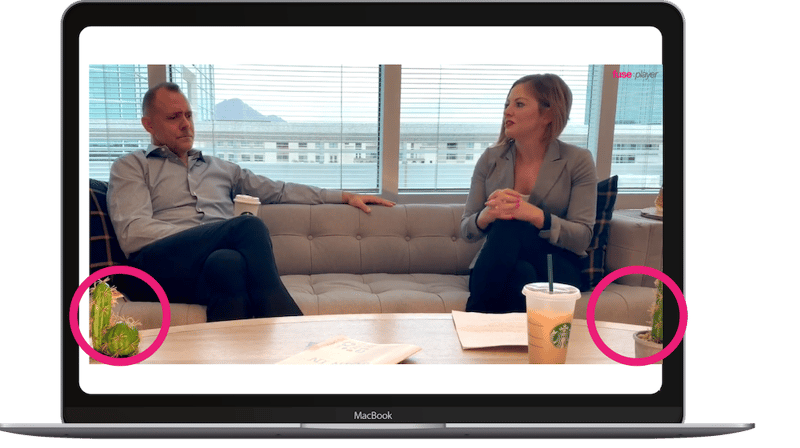
Let’s be honest. B2B software ain’t sexy.
The experience is often an afterthought.
But in our personal lives, we’re used to slick user experiences.
Truth be told, we do judge books by their covers. And if our first experience is a lousy one, well, we just won’t go back for more.
And it’s no different when it comes to learning platforms. As long as the learner experience is an afterthought, you’ll struggle to get your people to engage.
But there are learning leaders who are getting more than 90% of their people engaging on their learning platforms.
Leaders like Topher Olsen and Ryan DeGroot.
Topher's the Senior Director of Learning & Culture and Ryan's the Director of Associate Experience at Alliance Residential (one of the largest real estate companies in the US).
I wanted to find out how they'd driven such great engagement.
So, as with all my curiosities, I had to satisfy this one. I reached out to Topher and Ryan who kindly agreed to let me pick their brain to find out how they design learning experiences that keep nearly all of their employees consistently coming back for more.
Like many of you, Topher and the team found themselves at a crossroads a few years ago.
They were using three tools for learning and communications:
They could upload e-learning material and do all the things you’d expect an LMS to do.
But that was it.
No one ever visited the LMS other than to complete compliance training.
They hosted successful live virtual events, but the complimentary self-paced material just wasn’t moving the needle 😐.
They also had an outdated intranet which had tons of really useful information. But it wasn't easily searchable 🔎 and no one could find what they were looking for. Or worse, they’d just end up getting irrelevant results.
Imagine going to Google and typing in "How to use Google Docs for collaboration" and end up getting search results about how to make a pizza 🍕!
I know it sounds ridiculous, but from a learner’s standpoint, that’s exactly how frustrating it feels.
The third tool the team at Alliance relied on was email.
Their people were being inundated with emails and struggling to keep up to date with important information like urgent policy and procedure updates.
So, the learning team at Alliance Residential had a conundrum.
They needed a learning platform that would enable them to put the learner experience at the centre of their learning strategy.
They needed a platform that would enable them to:
So after evaluating about 20 platforms, they decided to go with Fuse.
But choosing the right platform for your needs is only the first step. The hard work starts once you've implemented.
Now, remember that 90%+ engagement? Here's the 7 lessons Topher and Ryan shared with me to hit that number!
What are you trying to achieve?
This is the most important question you can ask yourself and your team.
Engagement is often a proxy for other key metrics. So it's important to unpack what the overarching business outcomes are and to define the measures for success upfront.
This is exactly what the team at Alliance Residential did. Performance was their key success metric. If people were performing and getting promoted, they knew what they were doing was working.
Engagement was a good leading indicator for this.

Topher, Ryan and the rest of the learning team at Alliance Residential use Fuse’s Universal Analytics to track engagement.
This is what Ryan said when I asked him what their key success metrics were when they implemented Fuse 👇🏼
OK, OK, it’s not that type of kiss.
I asked Ryan what his top tip was for learning teams trying to get that initial adoption on a social learning platform.
He said "KISS: Keep it super simple".
Don’t overcomplicate it.
Make sure your homepage or landing page is simple with one very clear call to action.
Resist the temptation to show and tell everything on the homepage.
You know how the ‘Buy Now’ button is always big and bright on any online store? It’s because that’s where the seller wants your attention.
I'm a big fan of kitesurfing 🏄🏽♀️ so I couldn't help but use this example. Where does your attention focus?
I bet it's on the green button.

It’s the same principle when you're designing the landing page of your social learning platform.
You’re trying to sell a new experience to your learners. If you ask them to do several things, they’ll end up doing nothing.
What' should be on your equivalent of a ‘Buy Now’ button.
What's the one action that your learners can take to reach that "aha moment" when they really get what the platform is about?
For example, that action could be to ask a question, watch a video from the leadership team or comment on a post.
Topher, Ryan and the team at Alliance Residential really nailed this. Have a look at their homepage 👇🏼

Their main call to action is to explore the ongoing learning and communication.
They also use different calls-to-action for different audiences (Fuse enables them to build personalised landing pages for each of their audiences).
This personalisation is a key driver of engagement.
So remember, when you're designing that learning journey, always KISS (Keep it Super Simple).
You know that song 🎶 "Follow the Leader"👇🏼? Never gets old!
It's what we inherently want to do. We want to follow inspirational leaders.
The team at Alliance Residential tapped into this.
Rather than just launching Fuse and expecting people to just come, they showed their learners that their leadership were 100% onboard with the decision to adopt Fuse.
How did they demonstrate leaderships' buy-in?
They grabbed a camera and started interviewing leaders. They would post the videos on their Fuse instance so their people could watch the interviews and ask questions.
But these weren't your standard leadership interviews. That's not how this learning team rolls!
Rather, they had the leaders sit between two cacti.

Why?
Well, because it was fun and open. And we’re all human beings and we're more likely to engage with content when it's fun.
Why do you think cat videos get so many likes and shares?!
Best of all it worked. Employees really engaged with the video content (of the interviews of the leaders, not the cats). It got people onto the platform, liking and commenting on the videos.
This was exactly the behaviour Topher and the team were trying to drive.
So, think about how you can involve your leadership to drive that initial adoption and keep learners engaged.
And don't forget, make your content fun and entertaining!
Think about a website or platform you visit daily. Maybe it’s LinkedIn or Facebook. Or a certain news channel.
Now imagine if every time you visited that website it was pretty much the same content as the last time. And the time before that. And before that.
Would you keep going back to it?
Probably not.
So, why do we expect learners to behave any differently?
I asked Topher and Ryan how they keep their learners consistently coming back to their Fuse platform. They said the secret was to make sure the content on the platform was always fresh, engaging, useful, fun and timely.
Here are a couple of ways they put this principle to practice.
If you haven’t seen the show Some Good News with John Krasinski, then I strongly recommend you do!
There’s a reason the show's got 2.6 million subscribers. (Well, apart from the fact that it’s hosted by John Krasinski of course.)
It’s because we all love a bit of good news (especially when it's been a year like 2020!)
The team at Alliance created their own version called Some Good Fuse. I’ll let Topher tell you more about this brilliant initiative 👇.
Remember how we talked about the importance of communication and making sure all employees were aware of important messages and updates to policies and procedures?
The team at Alliance Residential made Fuse their single source of truth for all communication.
They made a decision to stop using the intranet and email.
Initially they hesitated to do this.
It's hard to change existing behaviours.
But they quickly realised it was the right decision when they saw engagement shoot up 📈.
Now one thing you should know about the team at Alliance Residential is that they make incredible videos!
But don’t take my word for it. Watch this 👇🏼 video.
Initially they were sending these videos out to employees by email. They’d get about 300 views per video.
When they started sharing the videos on Fuse, the views shot up to 4000. That's basically their entire learner base!
But it wasn’t just videos they were using Fuse for.
All new training material was uploaded to their Fuse platform giving their employees the opportunity to ask questions and share their own insights and expertise.
Everyone knew where they needed to go to get the latest communication, learning and updates.
Fuse had become their single source of truth.
Community is one of the most underrated aspects of learning.
I recently interviewed Mark Kilens, the VP of Content and Community at Drift. He's also a master of engaging learners.
One of the things he said to during the conversation was "learning is the bridge 🌉 between content and community".
Any successful learning experience is grounded in great content and an active community.
Communities are meant to be safe spaces where your people feel comfortable sharing, engaging and collaborating.
Think about it in real life. Would you be more likely to socialise with people at a small dinner party who have similar interests or at a massive gathering of 200+ people who you know nothing about?
Probably the intimate dinner party right?
The same principle applies to learning communities.
Topher and Ryan said initially they struggled to get their people to engage on some of the larger communities.
But as soon as they started to segment communities by region, engagement increased.
 One of Alliance Residential’s Regional Communities
One of Alliance Residential’s Regional Communities
How you can create a safe space for your learners?
A place they can share their expertise, discuss good practice and explore new and different ways of approaching their work.
Something incredible often happens when you ask for feedback. You get more than you bargain for.
When the pandemic first hit, Topher, Ryan and the rest of the learning team had to adapt content and training very quickly. This was a whole new level of agile working!
They started producing quick videos and other content which they shared through their Fuse instance. And they asked their people for feedback.
What happened next really surprised them.
Their learners didn’t just respond with written feedback. They went off and created their own content!
Employees recorded themselves and shared their best examples on Fuse.
 Just by asking for feedback, they ended up with 30 brilliant pieces of content generated from their learners.
Just by asking for feedback, they ended up with 30 brilliant pieces of content generated from their learners.
They also went from being a team of 8 content creators to a team of 4,000!
So think about how you can encourage your people to create and share their own content.
I know it can be scary for people to start generating content, so I wrote a short article about how to find the courage to do it. Feel free to share it with your learners 😊.
Getting your learners to create and share their own content is an incredible achievement. But Ryan took it to the next level.
Rather than just let the content (which was getting a lot of engagement) sit in a community, he curated the best posts and re-shared those in a topic in Fuse.
Why did he do this?
Thinking of his learners’ experience first, he wanted them to click through one piece of content rather than five different pieces of content.
It was also really encouraging for both the content creators and for others who were thinking about creating content and still a little hesitant.
Re-use great content. Re-share and re-promote. Remember, not everyone will see the first share.
When you’re under pressure to deliver business results, it’s easy to end up overlooking the learner experience.
It’s hard work. It takes time to get it right and to build engagement. And it requires a degree of agility in how you work.
If the learner experience isn’t at the heart of your learning strategy, you’re missing out on a huge opportunity to drive employee engagement, happiness and performance.
But don't take my word for it. Hear it from the people behind that 90% engagement metric 👇
At the end of the day, learning should be a joyful experience. And that joy will almost always translate into better performance, and better business outcomes.
To hear more from Topher and Ryan check out our recent discussion with them below 👇
These Stories on Engagement
© 2022 Fuse Universal - All Rights Reserved
No Comments Yet
Let us know what you think